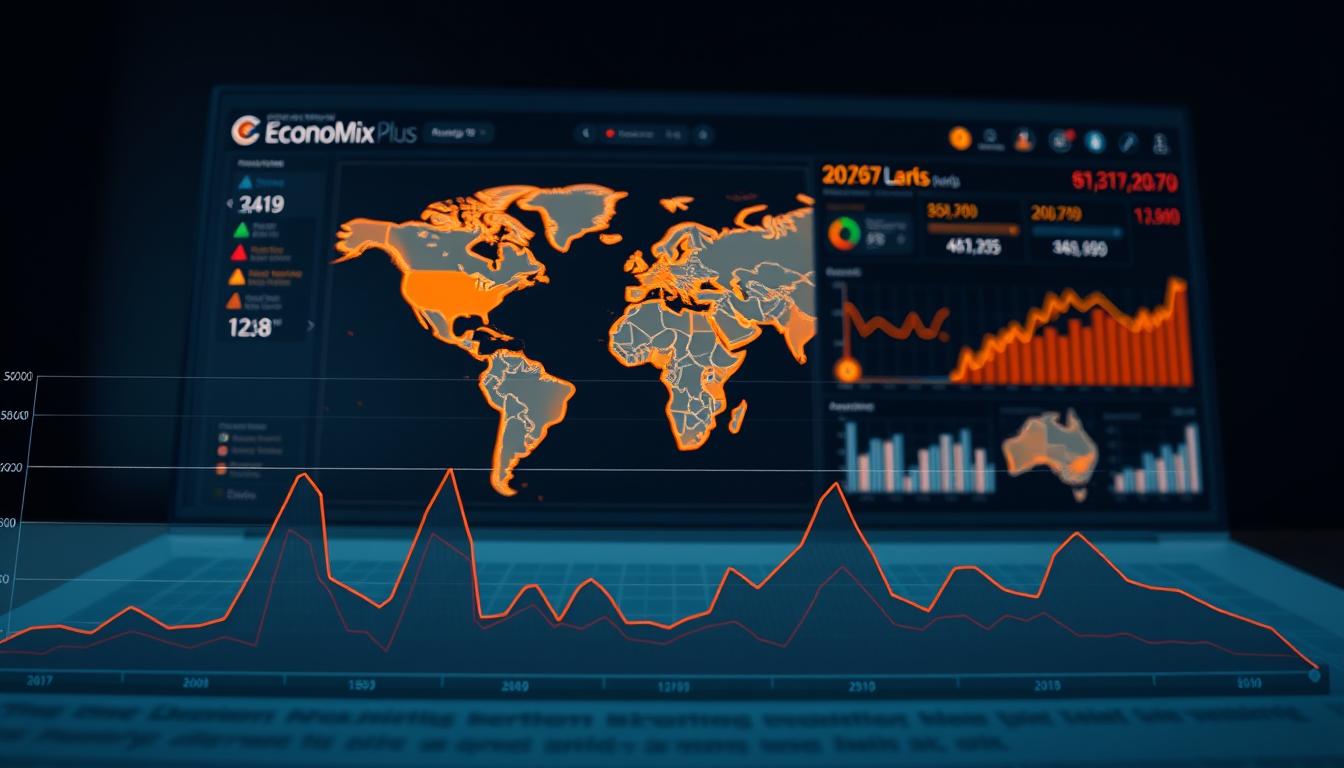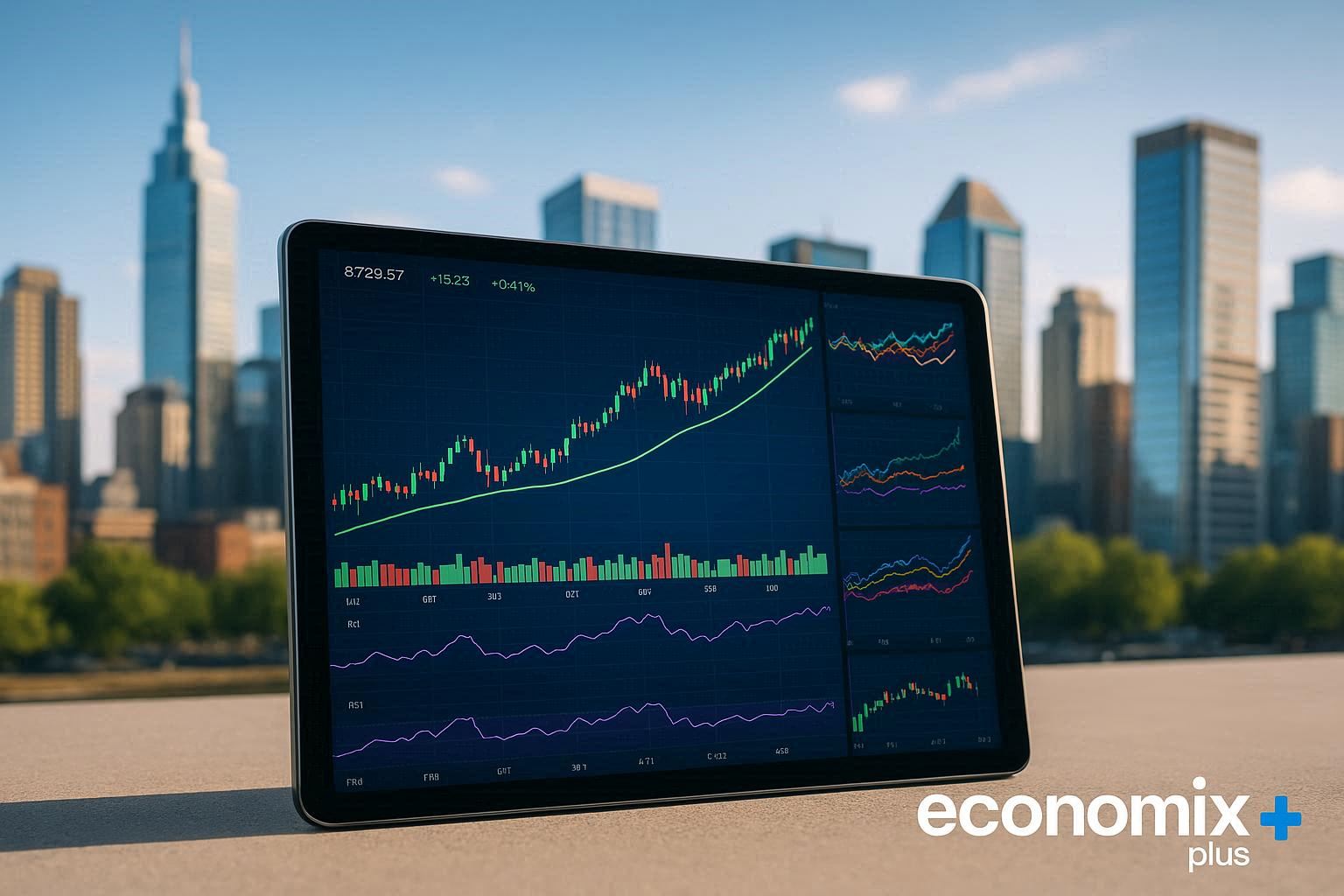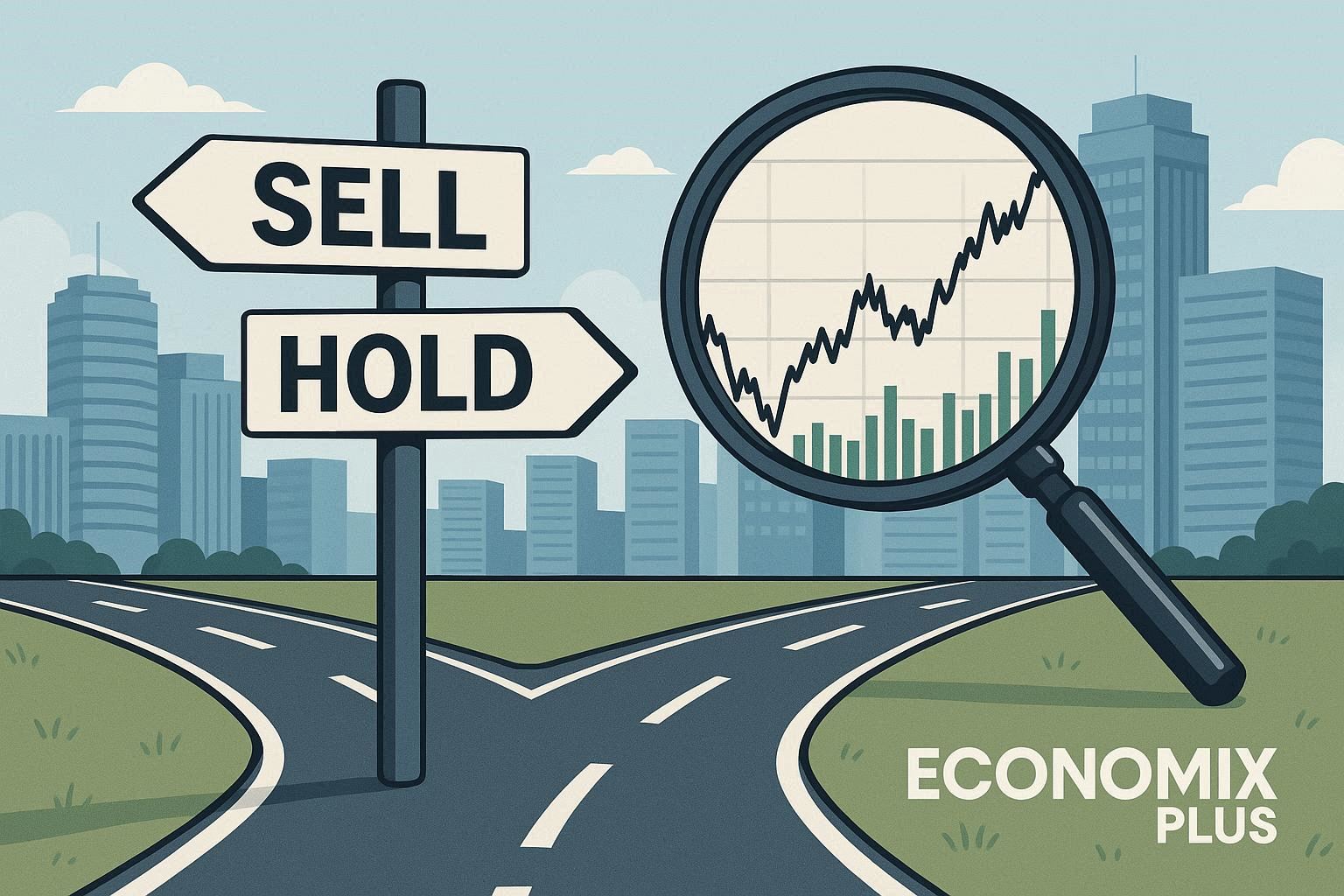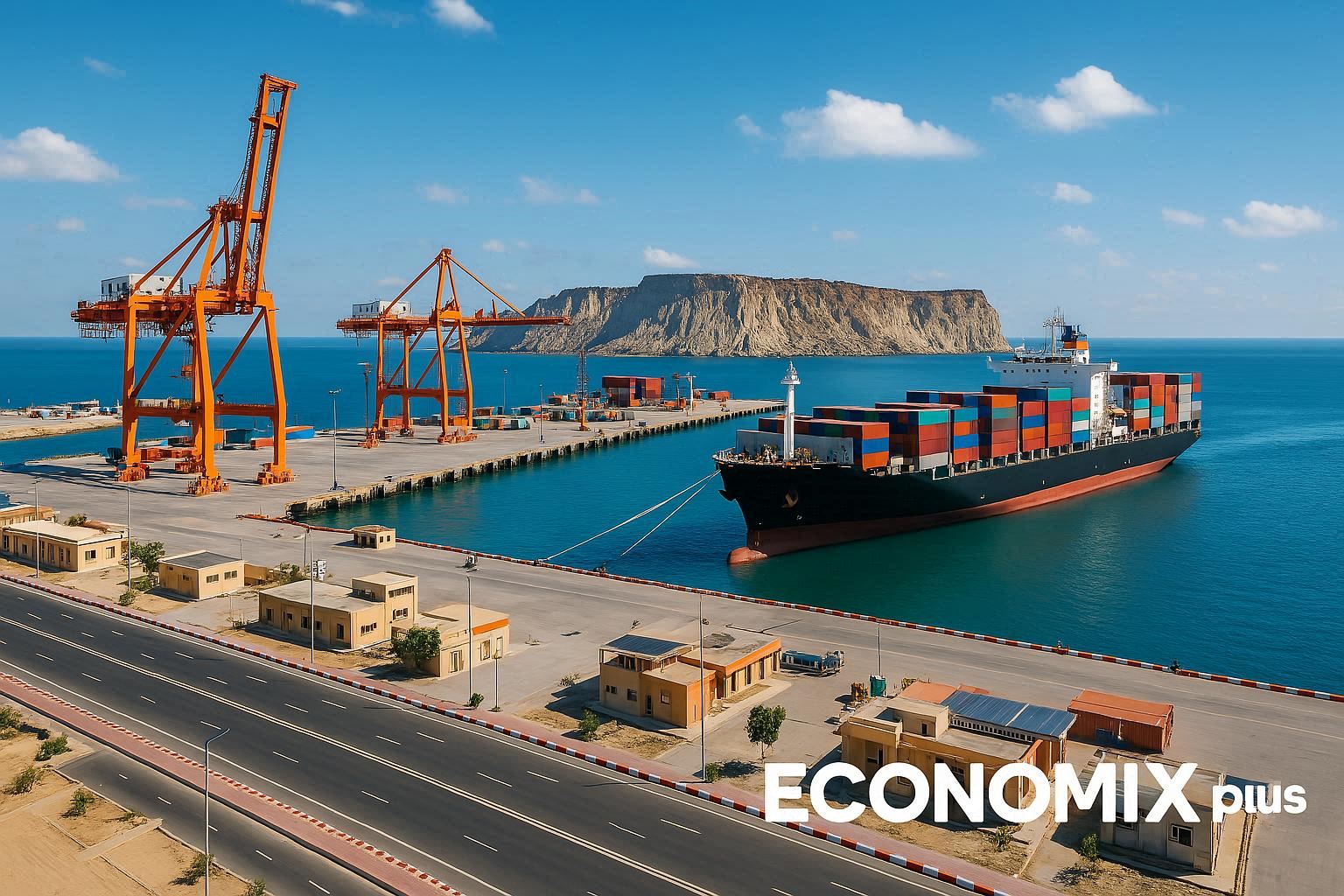Imagine your ability to get a loan depended entirely on a report card you never saw. For many developing economies, this isn’t hypothetical—it’s reality. A country’s credit rating acts like a financial GPA, shaping its access to global capital and the cost of borrowing. But how exactly do these grades influence growth in regions hungry for investment?
Shari Spiegel of the UN DESA compares these assessments to “grades” that reflect economic health. Just as a student’s performance affects opportunities, a nation’s grade impacts its ability to fund infrastructure, stabilize currency, or manage debt. Yet unlike school, there’s no parent-teacher conference—only three major agencies holding sway over markets worldwide.
Why should you care? Because these evaluations don’t just affect far-off countries. They ripple through supply chains, job markets, and even your retirement portfolio. A downgrade can spike borrowing costs overnight, while an upgrade might unlock new research partnerships or tech ventures.
Key Takeaways
- Credit ratings function like report cards for national economies.
- Borrowing costs in developing regions swing dramatically based on these assessments.
- Major agencies evaluate factors like policy stability and economic data quality.
- Currency fluctuations and debt management directly impact a country’s grade.
- Global capital flows shift based on rating changes, affecting international markets.
- This analysis excludes traditional savings tools tied to interest rates.
Understanding the Role of Credit Ratings in Global Debt Markets
Picture a financial thermometer measuring a nation’s ability to repay loans. Rating agencies like Moody’s and S&P Global assess economic policies, debt sustainability, and political stability to assign grades. These evaluations act as gatekeepers, determining which countries or companies can access affordable capital and insights into economic growth opportunities in emerging markets.
How Credit Rating Agencies Evaluate Risk
Agencies use a mix of quantitative data and qualitative analysis. They review fiscal deficits, currency reserves, and growth projections. Recent research shows post-pandemic recovery speeds now weigh heavily in assessments. For example, nations with diversified exports often score higher than those reliant on single industries.
Differentiating Investment-Grade from Speculative-Grade Ratings
A BBB- score from S&P marks the lowest investment-grade tier. Drop to BB+, and you’re in speculative territory. This divide matters: pension funds often can’t hold debt below investment grade. During COVID-19, 14 sovereigns fell into junk status, triggering $23 billion in forced asset sales.
Ratings also face criticism. Many systems struggle to price long-term risks like climate change. As one analyst notes, “A hurricane doesn’t wait for annual reports.” Yet despite flaws, these grades remain vital investment compasses in turbulent markets.
Emerging Market Challenges: Policy, Data, and Economic Uncertainties
Think of economic data as the fuel gauge for a country’s financial engine. Emerging nations face unique obstacles when navigating global markets, from inconsistent policy frameworks to outdated reporting systems. These hurdles become magnified during crises, creating ripple effects across investment decisions and debt management strategies.
Impact of Economic Downturns and the COVID-19 Aftermath
The pandemic exposed fragile economic foundations. Countries like Argentina saw borrowing costs jump 40% after downgrades during lockdowns. Tourism-dependent economies faced currency crashes when travel halted. Moody’s reports 63% of emerging sovereigns still haven’t regained pre-COVID growth rates.
The Importance of High-Quality Data Reporting
Incomplete GDP figures or delayed fiscal updates mislead analysts. A 2023 UN study found nations with irregular data releases pay 1.2% higher interest on bonds. Consider this comparison:
| Data Quality Factor | Impact on Borrowing Costs | Example |
|---|---|---|
| Incomplete GDP reports | +0.8% interest premium | Country X, 2022 |
| Delayed debt disclosures | +1.5% bond yields | Country Y, 2021 |
| Transparent fiscal updates | -0.3% rate reduction | Country Z, 2023 |
Regulatory and Policy Challenges in Emerging Economies
Frequent policy shifts erode investor confidence. Brazil’s 2023 tax law changes caused $7 billion in capital flight. Analysts note that “consistent reforms attract investment, but knee-jerk regulations repel it.” Corruption scandals in three Asian nations recently triggered rating warnings.
These challenges demand solutions beyond quick fixes. Later sections explore how innovative frameworks could stabilize markets while promoting sustainable development.
Why Credit Ratings Matter in Emerging Markets
Like traffic lights controlling global capital movement, sovereign grades determine which nations receive green lights for funding. When agencies adjust these credit signals, money flows shift instantly in the emerging markets. A 2023 UN DESA report reveals that 78% of portfolio managers automatically sell assets from downgraded nations within 48 hours, highlighting the importance of credit ratings in these economic conditions.

Investment Behavior in Volatile Conditions
Crossing from investment-grade to junk status creates sudden drops called cliff-effects. Zambia’s 2020 downgrade saw bond yields spike 12% overnight, pricing the nation out of capital markets for 18 months. Pension funds and ETFs holding $6 trillion globally must divest from fallen angels per their charters.
Domino Effects of Rating Adjustments
Even single-notch downgrades ripple through economies. Egypt’s 2022 assessment change added $300 million annually to debt servicing costs. Consider how shifts cascade:
| Event | Immediate Impact | Long-Term Effect |
|---|---|---|
| Downgrade to BB+ | Forced institutional selling | Higher refinancing costs |
| Upgrade to BBB- | Index fund inclusion | Cheaper corporate borrowing |
| Negative outlook | Currency depreciation | Delayed infrastructure projects |
Transparent methodologies could soften these shocks. As one UN economist notes, “Markets punish uncertainty more than bad news.” Nations publishing real-time fiscal data saw 33% smaller sell-offs during recent downgrades compared to peers with opaque reporting.
Investors now demand forward-looking assessments incorporating climate resilience and digital infrastructure. This evolution might bridge short-term market reactions with sustainable development needs in vulnerable economies.
Innovative Policy Proposals for Sustainable Financial Development
Imagine rebuilding a bridge while traffic still flows across it. This balancing act mirrors efforts to reform sovereign credit assessments without destabilizing fragile markets. This process is fraught with challenges, as stakeholders must navigate the delicate interplay between immediate financial stability and the necessity for long-term improvements.
Forward-thinking strategies now aim to align financial evaluations with long-term development goals, ensuring that credit assessments not only reflect current economic realities but also consider future growth potential and resilience against unforeseen disruptions. By integrating these considerations, policymakers can create a more sustainable financial environment that supports both current needs and future aspirations.

Enhancing Transparency and Long-Term Rating Models
New frameworks prioritize climate resilience and digital infrastructure in risk calculations. The UN’s sustainable development financing frameworks suggest model-based ratings that simulate 20-year economic scenarios. These projections could reduce abrupt downgrades by 40%, according to recent studies.
Transparent methodologies help investors understand grading decisions. Countries adopting real-time fiscal dashboards saw 25% smaller capital outflows during crises. “Clear data beats speculation every time,” notes a World Bank analyst.
Collaboration Among Investors, Regulators, and Rating Agencies
Joint task forces now test hybrid evaluation models combining agency expertise with local insights. Kenya’s 2023 pilot program blended traditional metrics with agricultural innovation scores, attracting $300 million in sustainable investment.
Three key reforms show promise:
- Public-private data sharing platforms
- SDG-aligned bond certification systems
- Regional rating consortiums for emerging economies
These measures could stabilize debt markets while funding critical infrastructure. As evaluation systems evolve, they’re becoming tools for economic transformation rather than mere risk alerts.
Conclusion
Global financial stability hinges on transparent evaluations of national economic health. Emerging economies face dual pressures: attracting investment while managing debt sustainability. Recent studies reveal nations with robust data systems secure loans 18% cheaper than peers with opaque reporting.
Three critical lessons emerge from UN DESA and Moody’s analyses. First, inconsistent policy frameworks amplify risks during crises. Second, real-time fiscal dashboards reduce capital flight by 33% during downgrades. Third, hybrid evaluation models combining traditional metrics with climate resilience scores boost investor confidence.
Collaboration drives progress. Joint initiatives between regulators and rating agencies could bridge short-term market reactions with long-term development needs. Kenya’s 2023 agricultural innovation scoring pilot demonstrates this potential, unlocking $300 million in sustainable funding.
Reliable assessments remain vital for accessing affordable capital and stabilizing currencies. Explore UN policy briefs to understand evolving methodologies that balance risk analysis with growth opportunities. The path forward requires adaptable frameworks meeting both investor demands and local realities.














